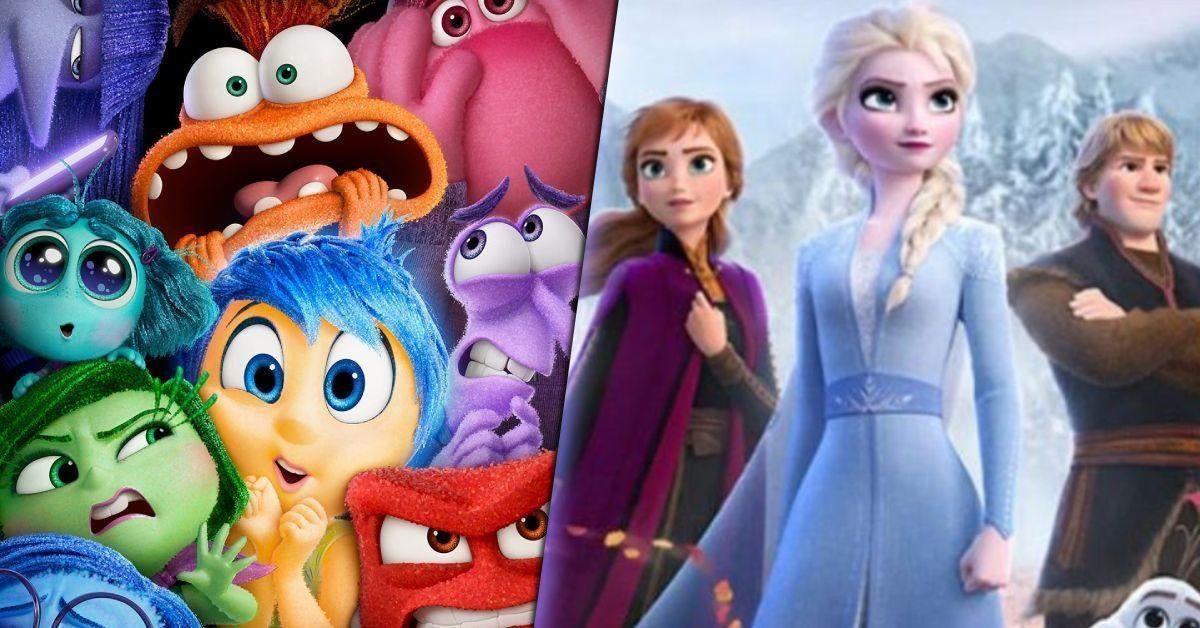Destro #1 Review: The Two Faces of G.I. Joe's Greatest Villain
The return of a fan-favorite anti-hero presents readers with lots of flash and maybe some substance.
Destro #1 is a comic book that appropriately offers readers a shiny exterior and entices them with the promise of humanity concealed below. As the newest addition of Skybound Entertainment's Energon Universe line—a revamp of Transformers and G.I. Joe properties in a shared universe—Destro arrives with obvious hallmarks of quality: respected creators, top-notch design and presentation, and a recognizable leading man. What's engaging about the start of this 5-issue miniseries plays its two sides against one another. On one hand it is a revitalization to resell corporate IP and all of the associated franchise opportunities with a new face, an entertaining if hollow pursuit. On the other hand, Destro #1 dares to imagine its central figure as a complex anti-hero who deftly shifts between notes of horror and fascination reflecting terrors of modern warfare. It's enough to tempt even a cynical reader to take Destro seriously.
Destro #1 introduces readers to the chrome-domed, leather-strapped villain funding the coup of a fictional European dictator in a sequence intended to present Destro as deserving their fearsome reputation and grounding that reputation in atrocities. He offers the living world a face bound to be compared to the anti-heroes of peak TV, but saves a more self-serious one for the ancient legacy of arms manufacturers he serves. Whether you read Destro as popcorn comics or a subversion of its source material, there's no room left to doubt that Destro is a profoundly evil, if entertaining individual.
Taken as popcorn comics, the success of Destro #1 will largely depend upon your taste for bloodshed. While not quite as gory as Mark Millar's comics, Destro's action sequences play with similar body counts as Wanted or Nemesis. Artist Andrei Bressan's depiction of violence does not shy away from the horrors of war with several panels of dismembered or eviscerated unnamed individuals among much more implied violence.
The adherence to classic G.I. Joe aesthetics is to Bressan's credit as any attempt to make Destro or Tomax and Xamot realistic is absurd. Instead, their eccentric appearances match appropriately Bond-villain-like personalities and do not take away from their actions. Tomax and Xamot instead have their frat boy looks played up as mercenaries straight off of McKinsey's consultant line. It's creepy and tempts readers to see funhouse mirror reflections of the military-industrial complex in the story established here. Unfortunately, the funhouse mirror of Destro's head is typically left alone on the page with functional colors but never playing against obvious cues (like a gunshot only feet away).
Throughout the staging of future Energon Universe characters and conflicts, Destro's personal war with his twin rivals provides the structure for four issues to come. Readers interested in whether there's anything to the monstrous figures playing at war like chess will find cause for optimism in Destro's layered characterization. He projects a multi-faceted personality reflected in his companions—defeated enemies, valued rivals, detested allies, and long-dead ancestors—offering an enticing portrait. Writer Dan Watters appreciates that plenty of complex literary villains have worn ridiculous costumes before; his Destro strives for the heights of Magneto or Doom.
The downfall of these supervillain icons is that they ultimately have no end and endless stories lead to characters with a hundred conflicting faces and no arc. It is still an open question whether the Energon Universe is built to offer something singular and resonant or another unending narrative where consequence is questionable at best. If Destro can utilize its cast of villains and aesthetic of carnage to develop ideas more significant than those of a Mark Millar comics, it will prove the promise of the Energon Universe. Transformers has certainly shown that this is a line capable of addressing the human trauma of war. Otherwise, Destro will be the resurrection of a villain with a planet-sized ego and outstanding costume paired with more vibrant and modern war crimes. And that doesn't sound terribly entertaining.
Published by Image Comics
On June 19, 2024
Written by Dan Watters
Art by Andrei Bressan
Colors by Adriano Lucas
Letters by Rus Wooton
Cover by Andrei Bressan and Adriano Lucas




